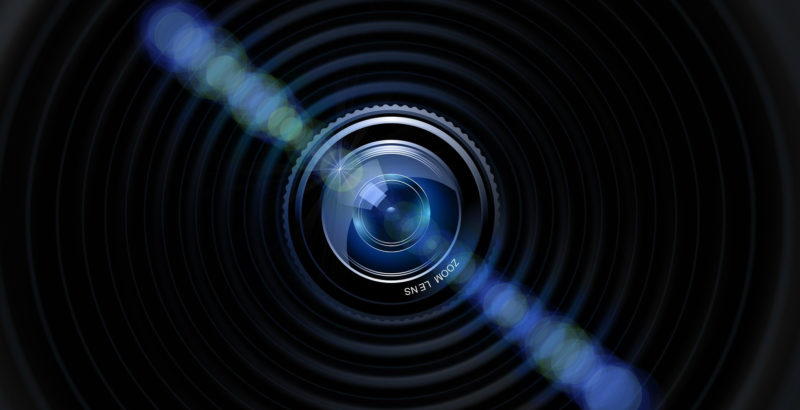How to eliminate the flickering of the lens.
It’s amazing how the smallest things can have such a massive impact on a photo or 3D configurator (both positive and negative).

One such small thing that can both improve and affect an image is the so-called “sunspot”. If you shoot into the sun (or into bright lights) on a sunny day, you can be sure that you will also appear in your pictures.
Well positioned and in the right photo format, you can actually add something to the shot – what gives it its paparazzi feeling (actually, some image editing programs help you add sunspots to create that feeling).
But in many cases sunspots and scattered light can be a disturbing element – a problem that almost ruins an otherwise grup-like shot. Of course, you can try to edit them later, but it’s probably best to eliminate them before they occur. Here are a few techniques that can help:
Lens hoods.
Most professionals use custom lens hoods on their DSLR lenses to get the problem under control. Most DSLRs and prosumer digital cameras today offer the ability to mount lens hoods. These hoods are specially designed to overcome sunspots while allowing as much light as possible into the lens. They are available in all formats and sizes, which can vary according to lens design, focal length, zoom, etc. The main disadvantage of the lens hoods is that they have disadvantages during transport, but they are otherwise quite effective and enrich your shootings.
Help your lens.
If you don’t have a lens hood (or your camera can’t take one), use your hand to protect your subject from the sun. Just be careful not to place it in the corner of your image when shooting with a wide-angle focal length – especially when shooting through a viewfinder that is not on a SLR camera (where what you see through the viewfinder differs slightly from what you see in the actual image).
Zoom.
If you do not have access to a lens hood and are using a camera with a zoom lens, you may find that moving the zoom to a different focal length can reduce the effect of sunspots. It may not remove them completely, but it may reduce the impact and/or change the position of them to a less disturbing place in the image.
Re-position yourself.
One of the most effective ways to reduce stray light is to move to a new shooting position – either so you don’t shoot directly into the sun, or so your lens is shadowed by another object in the sun or the main light source. Try to move around your subject, but also try to change the height from which you’re shooting, as all these things change the angle at which the light hits your lens.
Composition to prevent lens flares.
Another way to eliminate the stray light is to use elements in your image to block it. Sometimes it is possible to place a tree, building, person’s head, or other element between the sun and lens to completely remove the flickering.
Work with it.
If you cannot remove the lens shade, consider working with it. You may need to try a few different frames and positions to make sure it is in a good position to enhance the effect of your shot – but don’t be afraid of it. Sometimes it can even give a shot that certain something.